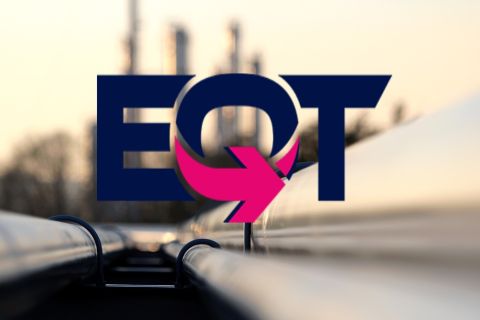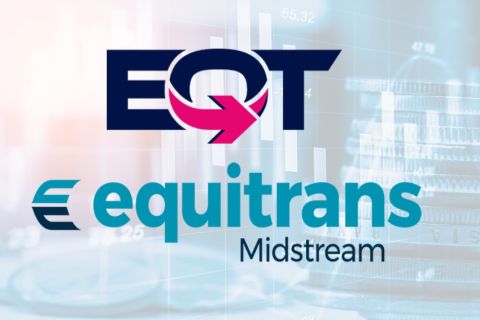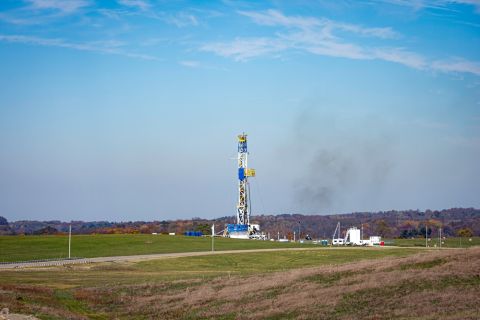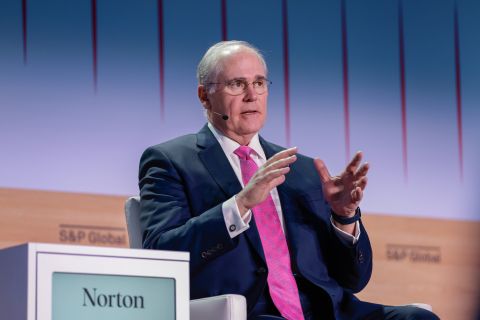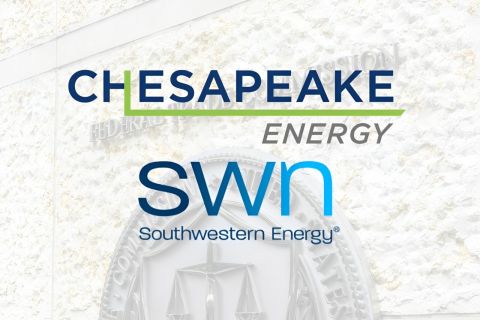Jennifer Pallanich, senior technology editor, Hart Energy: The oil industry is on the hunt for automation. I’m here with Keith Cole of WaterLens to hear how handling produced water can be automated. What are some of the challenges right now when it comes to produced water?
Keith Cole, CEO and founder, Water Lens: So the basic challenge is that water is always changing, especially produced water, it’s very full of salinity solids that cause the chemistry to change on a minute by minute basis. So you don’t have a standard quality you can use all the time. You can measure it consistently in order to make it compatible with your chemistry.
JP: That sounds really complicated.
KC: A little bit. Yes.
JP: So you measure it at the well site?
KC: So we have an onsite system that anyone can use. Always brag to my 10-year-old daughters did this. They’re not 10 anymore, but when they were 10 they did it. And so it’s that easy that anyone can do it without a chemistry degree and get the same quality you can get from a professional laboratory, and you get it within 10 minutes. So now you can make real time decisions with very accurate data.
JP: Okay. So you’ve got this accurate data. Where does automation fit into the picture?
KC: So as your water’s constantly changing, the frac cocktail, the friction reducers, surfactants, all the different chemicals you use to optimize oil production and reduce scale, corrosion and problems down hole are affected by the water. If the water’s always changing, you need a real time analysis to do that. We can provide that. We’ve got a system coming out shortly that we’ll do real-time analysis in line, and then you tie that to your pumps and your chemicals, and you can make real time adjustments without having somebody actually think about it, make a decision based on their gut, and they make the decision on data and data that we provide.
JP: Okay. So it’s all about the data.
KC: All about the data, and about optimizing it for production.
JP: Okay. And is there anything you can tell me about where this might be going in the future?
KC: Well, being that we’re in Texas, obviously West Texas and South Texas are the good locations to start, but certainly it’s a global nature. Everyone needs real-time water quality. They need to be able to rely on it so they can make fast decisions and our system is the one that provides that.
JP: So it looks like we have an interesting roadmap ahead of us for testing and automating decisions around produced water moving forward. Thank you so much for explaining that.
KC: Thank you. It’s a very exciting time for our industry and we look forward to the future that’s coming out of all this technology we’ve developed.
JP: And that's me, Jennifer Pallanich, with this episode of a Hart Energy Live Exclusive.
Recommended Reading
EQT Ups Stake in Appalachia Gas Gathering Assets for $205MM
2024-02-14 - EQT Corp. inked upstream and midstream M&A in the fourth quarter—and the Appalachia gas giant is looking to ink more deals this year.
EQT Deal to ‘Vertically Integrate’ Equitrans Faces Steep Challenges
2024-03-11 - EQT Corp. plans to acquire Equitrans Midstream with $5.5 billion equity, but will assume debt of $7.6 billion or more in the process, while likely facing intense regulatory scrutiny.
Ohio Oil, Appalachia Gas Plays Ripe for Consolidation
2024-04-09 - With buyers “starved” for top-tier natural gas assets, Appalachia could become a dealmaking hotspot in the coming years. Operators, analysts and investors are also closely watching what comes out of the ground in the Ohio Utica oil fairway.
ONEOK CEO: ‘Huge Competitive Advantage’ to Upping Permian NGL Capacity
2024-03-27 - ONEOK is getting deeper into refined products and adding new crude pipelines through an $18.8 billion acquisition of Magellan Midstream. But the Tulsa company aims to capitalize on NGL output growth with expansion projects in the Permian and Rockies.
Chesapeake-Southwestern Deal Delayed Amid Feds Scrutiny of E&P M&A
2024-04-05 - The Federal Trade Commission asked Chesapeake and Southwestern for more information about their $7.4 billion merger — triggering an automatic 30-day waiting period as the agency intensifies scrutiny of E&P deals.


